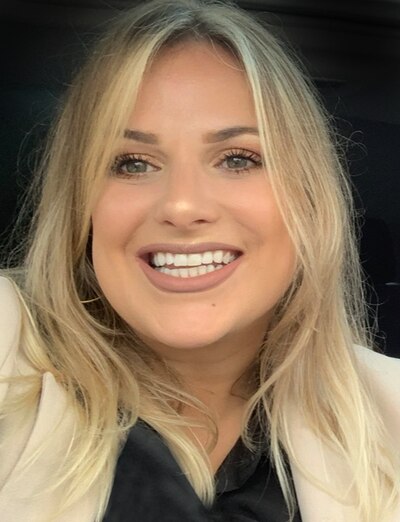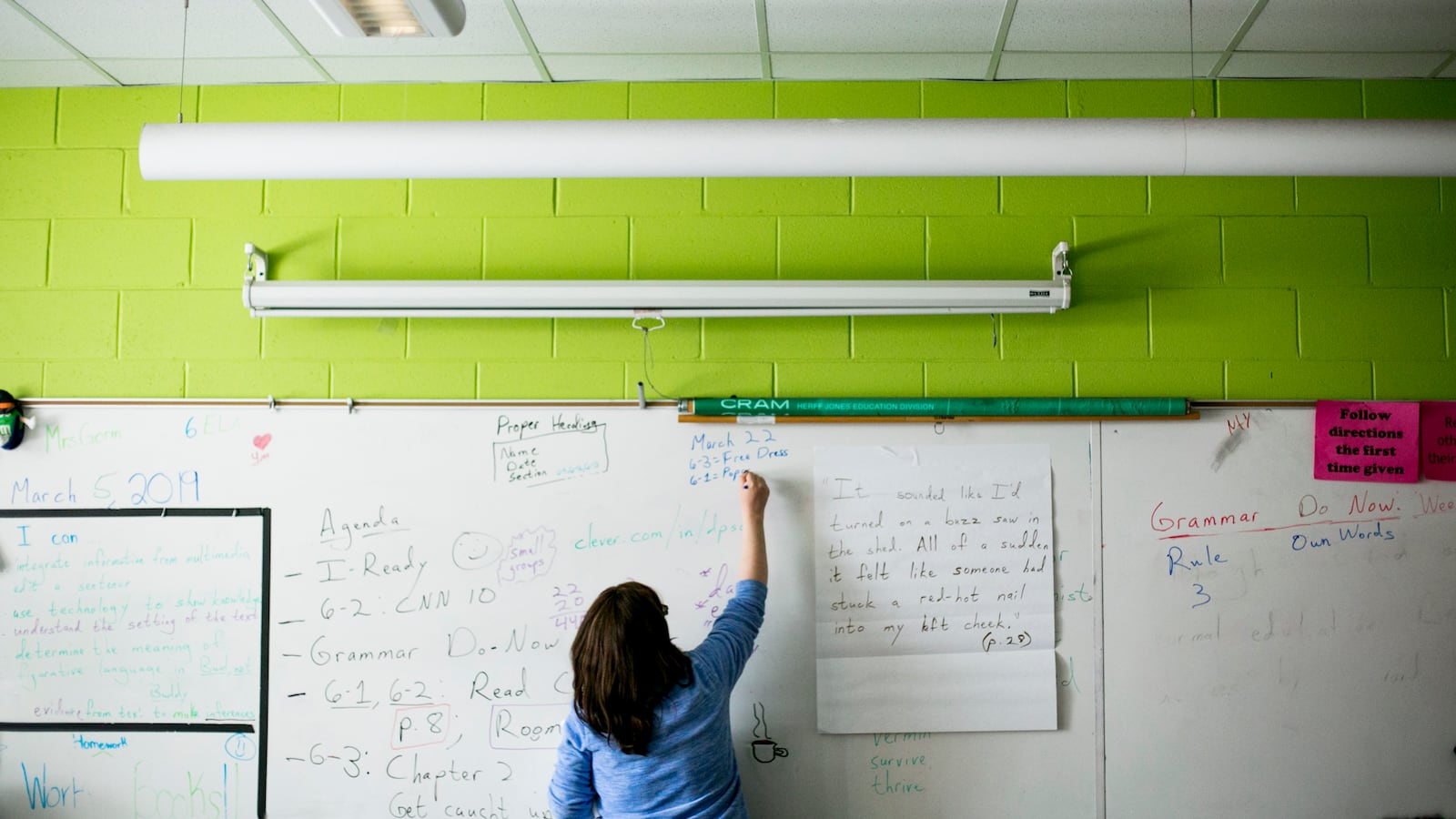My own path into teaching took a detour when COVID forced me to complete my student teaching online. I found myself adapting on the job and making the best of the hand I’d been dealt, which turned out to be good practice for what lay ahead.
After graduating, I couldn’t secure a full-time teaching position right away, so I turned to substitute teaching. It isn’t the path I would have initially chosen, but I’m grateful it chose me.

Substitute teaching gets a bad rap, as subs may face inconsistent assignments and pay, and they often encounter more challenging student behaviors than their permanent counterparts.
But subbing, despite its drawbacks, allowed me to try more than I usually would as a new teacher — kind of like sharing a dessert platter with friends! Within just a couple of years, I’ve taught a variety of grade levels and subjects in all sorts of campus environments. It also exposed me to a variety of lesson plans, which permanent teachers left for me.
Sometimes, I served as a classroom aide, which meant I got to observe various teaching styles. I remember, for example, the first time I saw a teacher use a “think-pair-share” activity, in which the teacher asked students a question, had them think about it, write it down, and then share their ideas with a partner. I also saw how teachers used moments of levity to develop their rapport with students. It was moments like these that showed me how being part of a team helps new teachers turn theory into practice.
Variety also helped me discover the grade level that resonates with me. I went into teaching picturing myself teaching second grade, when students are full of wonder but they’re also making big strides developmentally. I was especially excited to help students learn to read during that stage of their lives.
Substitute teaching has been more than a 31-flavor tour of classrooms. It has also been a window into the distinct cultures of different schools.
That changed last year when I had a long-term substitute position as a sixth grade teacher. At first, I was intimidated because kids that age are going through so many physical and emotional changes. Then I fell in love with teaching sixth grade because I was able to engage students and content on a deeper level. My sixth graders even helped me realize that I love teaching math — a subject I hated learning. Admitting to my class that I wasn’t a great math student helped me quickly build crucial connections with students.
Substitute teaching has been more than a 31-flavor tour of classrooms. It has also been a window into the distinct cultures of different schools. Before I started teaching, I didn’t think much about finding a school that fits my personality, but now I can see why that’s so important for first-year teaching success.
My years as a sub taught me that I thrive in collaborative environments, something that I will seek out in a full-time position. (I’m close to finishing my master’s in education, which should make me an even stronger candidate.) I want to find a job where teachers hang out in shared spaces and eat lunch together, instead of at their desks, and where administrators walk around the campus and spend time in classrooms.
Had I not spent these past couple of years as a substitute teacher, I don’t think I’d appreciate teaching as much as I do. Instead of getting burnt out and quitting in my first few years, as nearly half of new teachers do, I feel an even stronger commitment to my students and the profession.
Schools would be wise to better support substitute teachers, providing opportunities to learn from and collaborate with permanent teachers, and developing a pipeline so that subs like me can move into full-time teaching roles.
Subbing wasn’t initially the path I saw myself on, but it has been the best possible training ground for me. I can’t wait for what’s next.
Torrey Barlow is a full-time credentialed teacher at the North County Coastal Substitute Consortium in San Diego, California.



